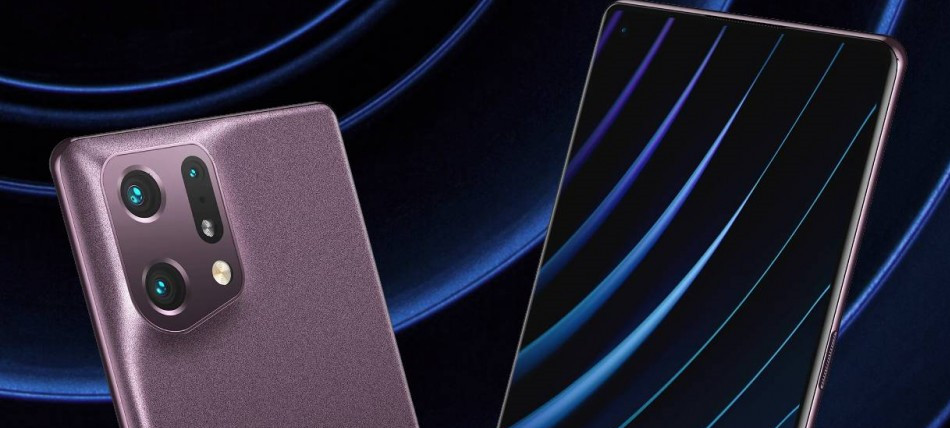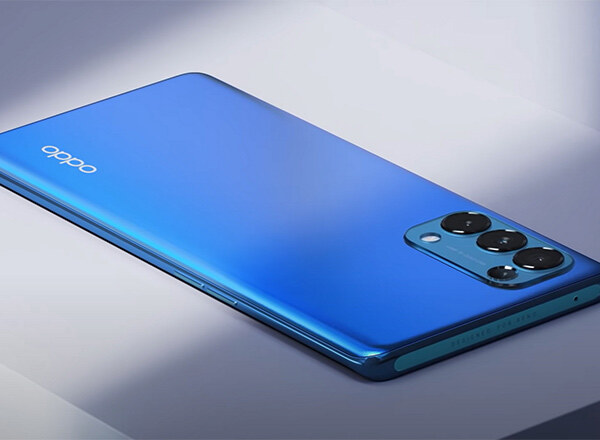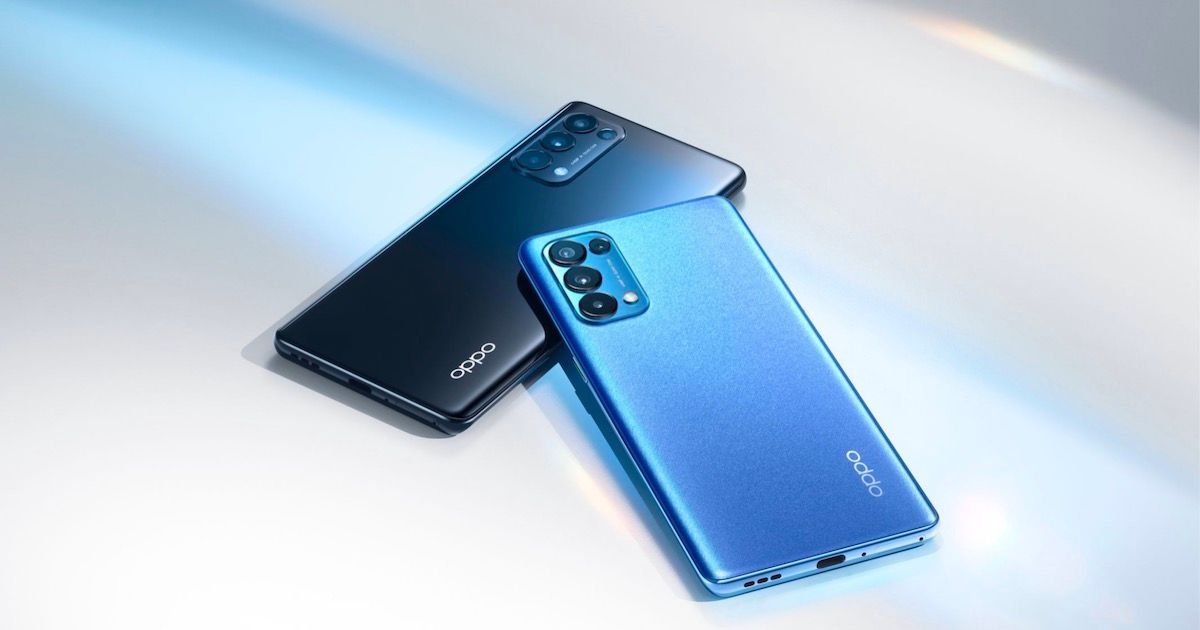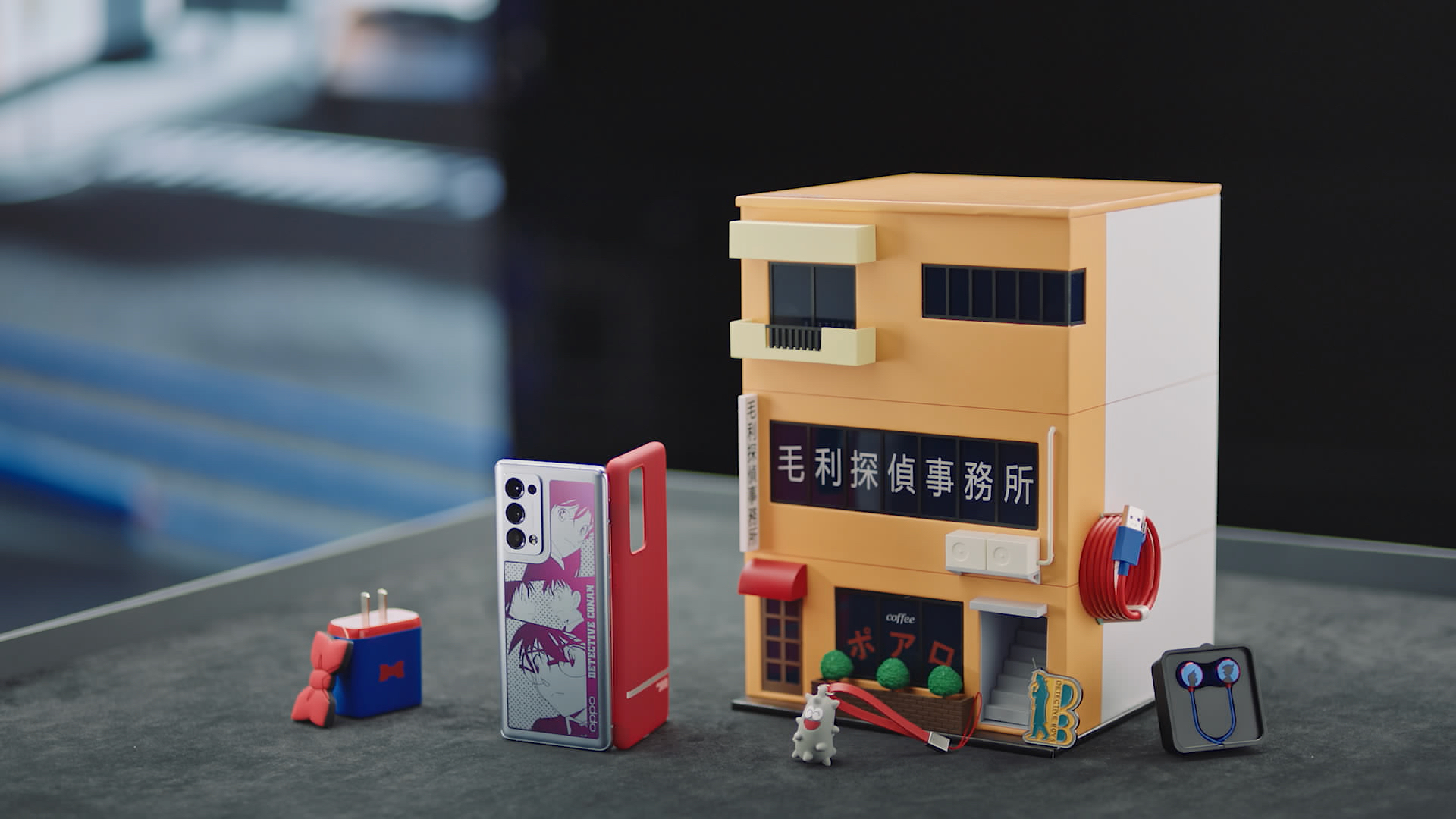Today, let’s take a look at OPPO’s flagship phone, OPPO Find X3. Among OPPO’s several major series, the Find X series is a series that benchmarks high-end and emphasizes images. What I dismantling this time is the basic version of the OPPO Find X3 series. But there is one point. OPPO Find X3’s screen and imaging system have excellent, but it also has shortcomings. First of all, the screen does not support DC dimming. The second is the vibration motor, the Z-axis linear vibration motor used in Find X3. It’s still somewhat regrettable. Next, let’s take a look at the disassembly, whether there will be some unexpected surprises.
The disassembly steps are still the same, first, take out the card tray, and there is a silicone ring on the card tray for waterproofing. Although the back cover and the inner support are fixed by glue, the glue area is relatively large, and it takes some effort to disassemble. After the heat gun heats the back cover, use the suction cup and opening pick to slowly open the back cover.
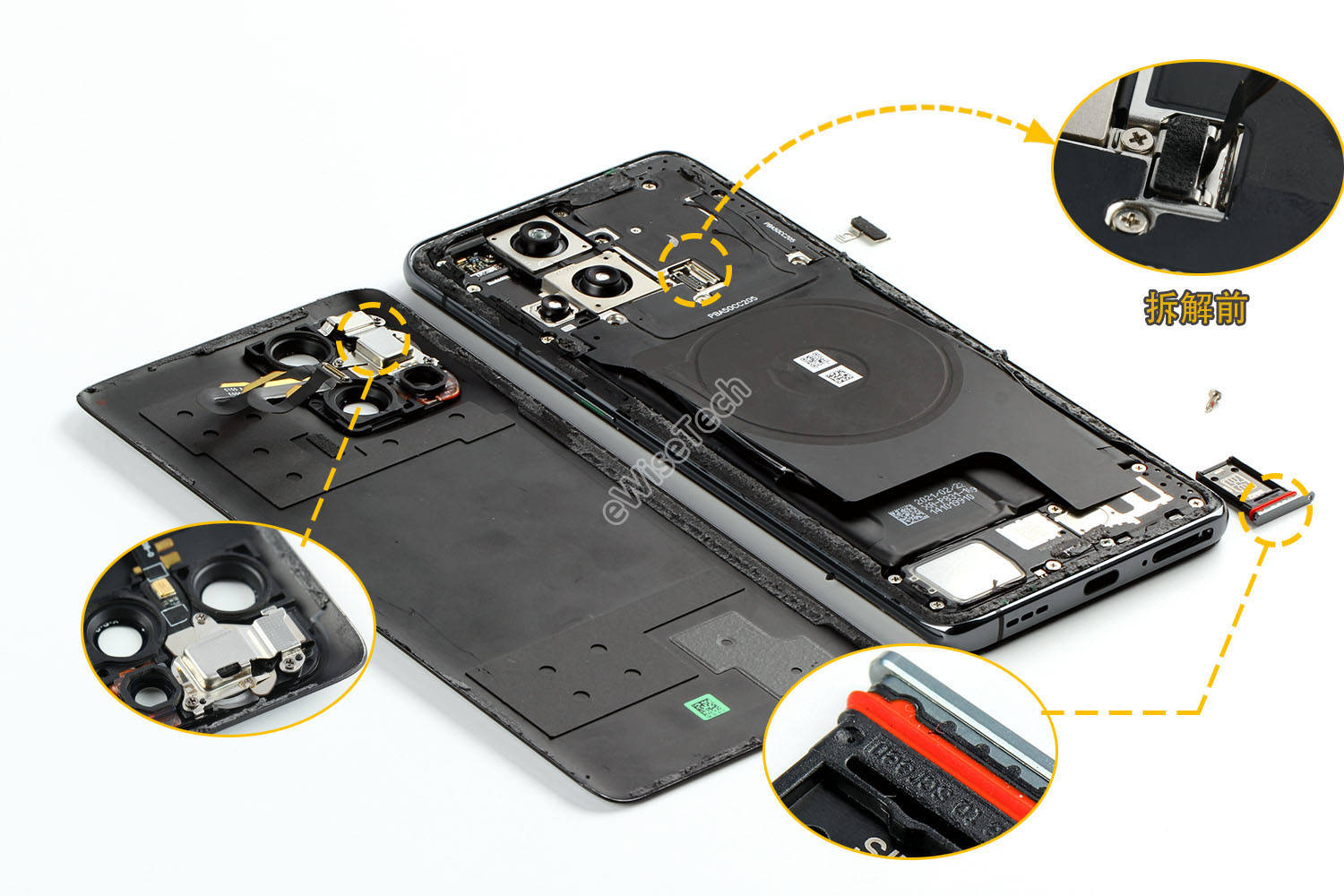
There are foam and graphite sheets on the back cover, and the microscope camera is fixed on the back cover through a metal cover plate and connected with the flash soft board. There is also a metal cover plate at the BTB interface connected to the mainboard for protection. When disassembling, it needs to be disconnected before the back cover can be completely separated.
The back cover adopts a one-piece design, and there is no additional camera cover. Remove the microscope camera and flash soft board on the back cover. The microscope camera cover is covered with a black silicone ring for waterproofing.
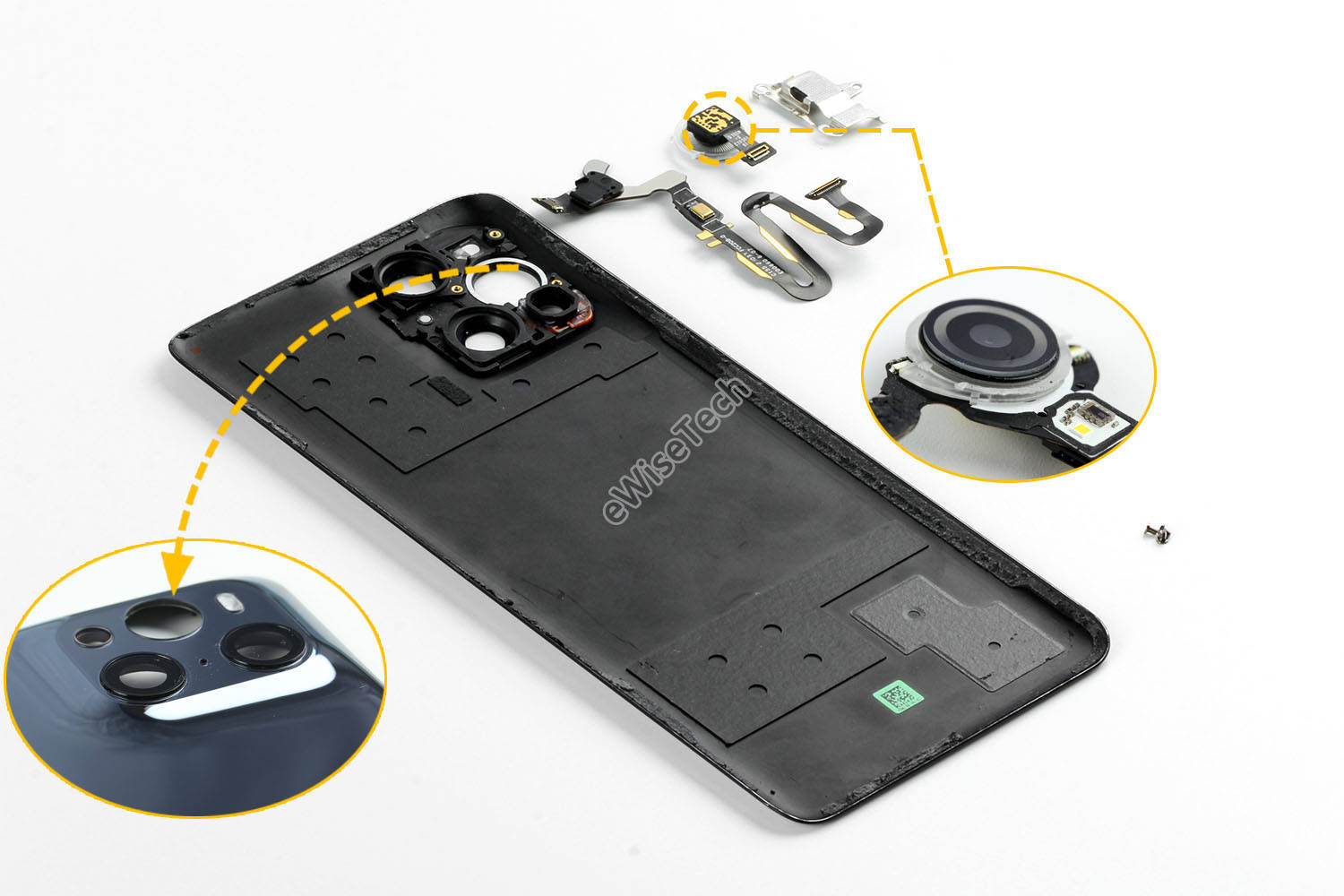
Both the top motherboard cover and the bottom speaker are fixed by screws. A shrapnel board is attached to the front of the speaker and connected by a coaxial cable. The wireless charging coil on the mainboard cover is pasted with a large area of graphite sheet for heat dissipation.
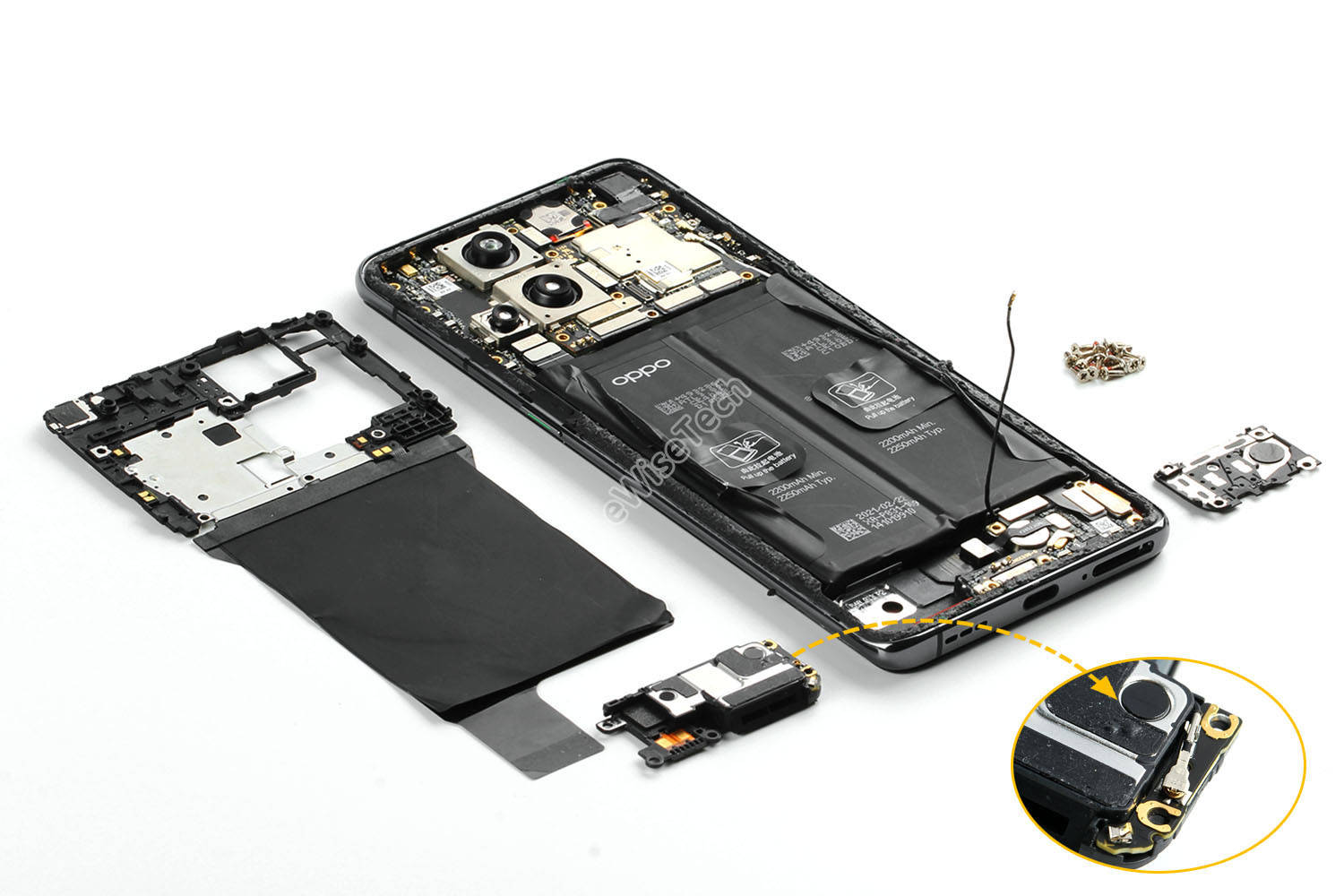
Then remove the NFC coil and wireless charging coil from the mainboard cover. Remove the shrapnel plate on the speaker.
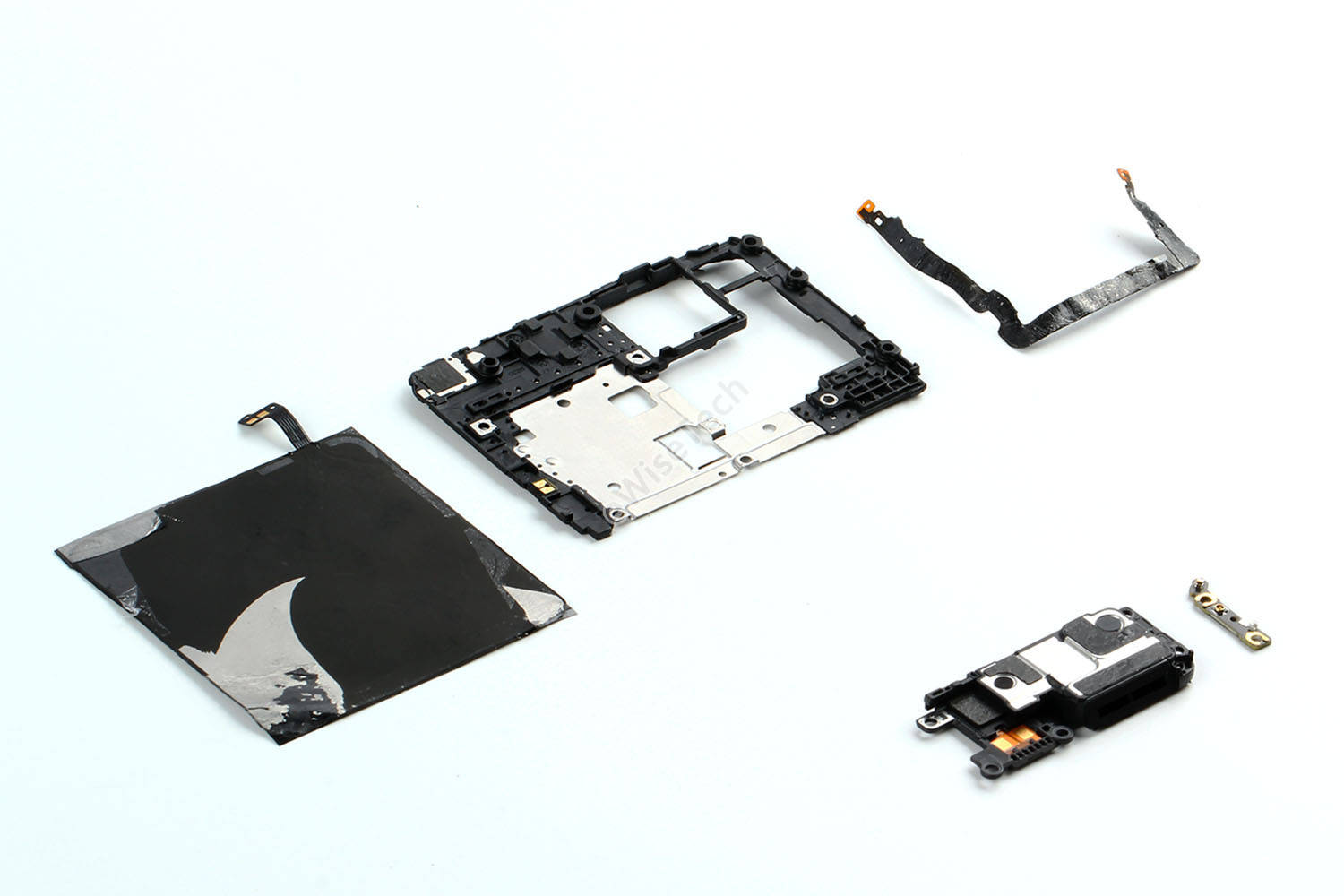
Then remove the mainboard, sub-board, front and rear camera modules, and coaxial cables. A graphite sheet is attached to the front camera, which can also play a role in heat dissipation while being fixed. It is also indispensable for the internal support to be coated with thermal grease at the position of the motherboard processor & memory chip.
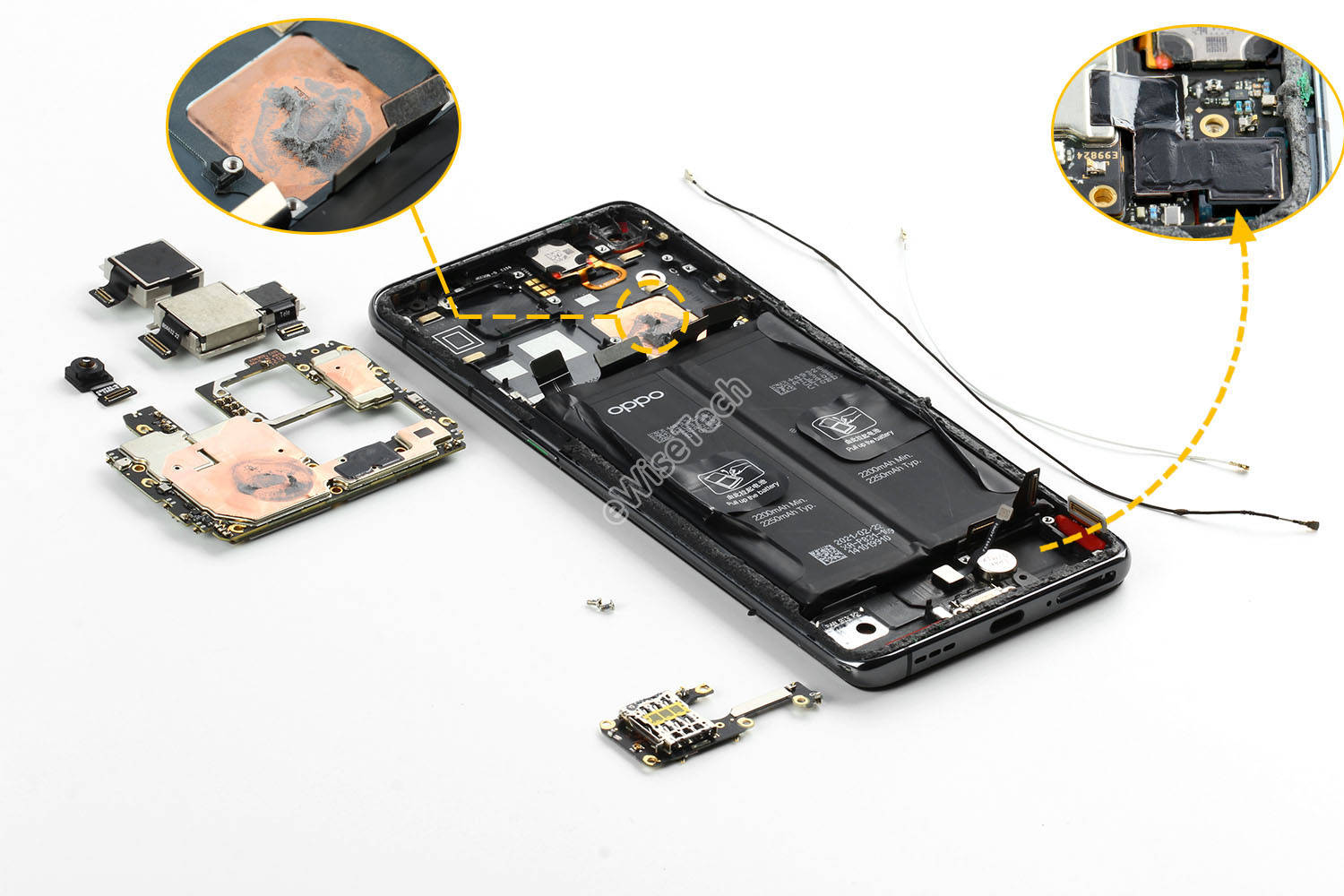
The battery is designed with double cells and is fixed with plastic tape for easy disassembly.
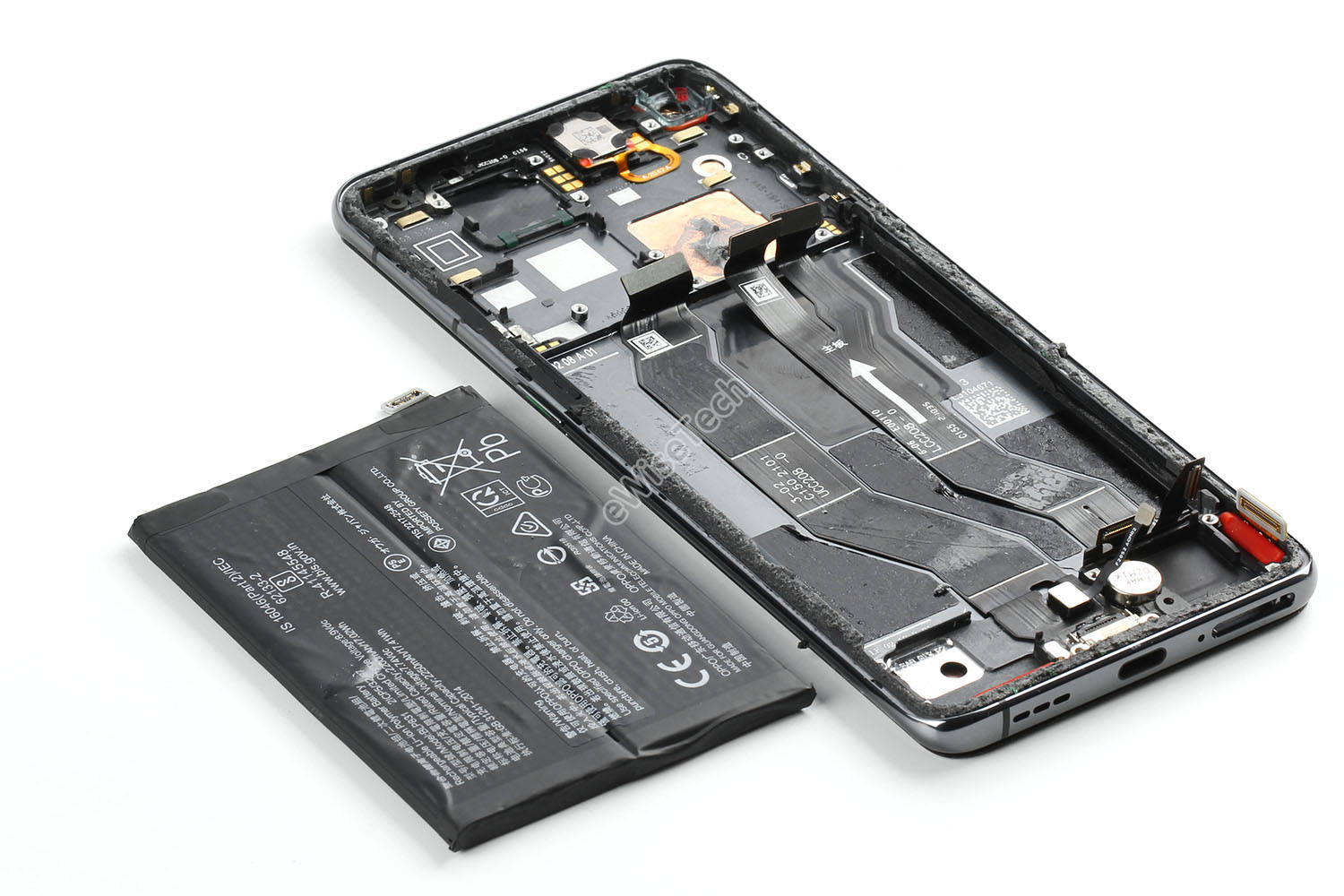
Remove the key soft board, the earpiece, the fingerprint recognition soft board, the vibrator, the USB soft board, and the main and auxiliary board connecting soft boards, and most of them are fixed on the inner support with glue. There is a red rubber ring on the USB interface.
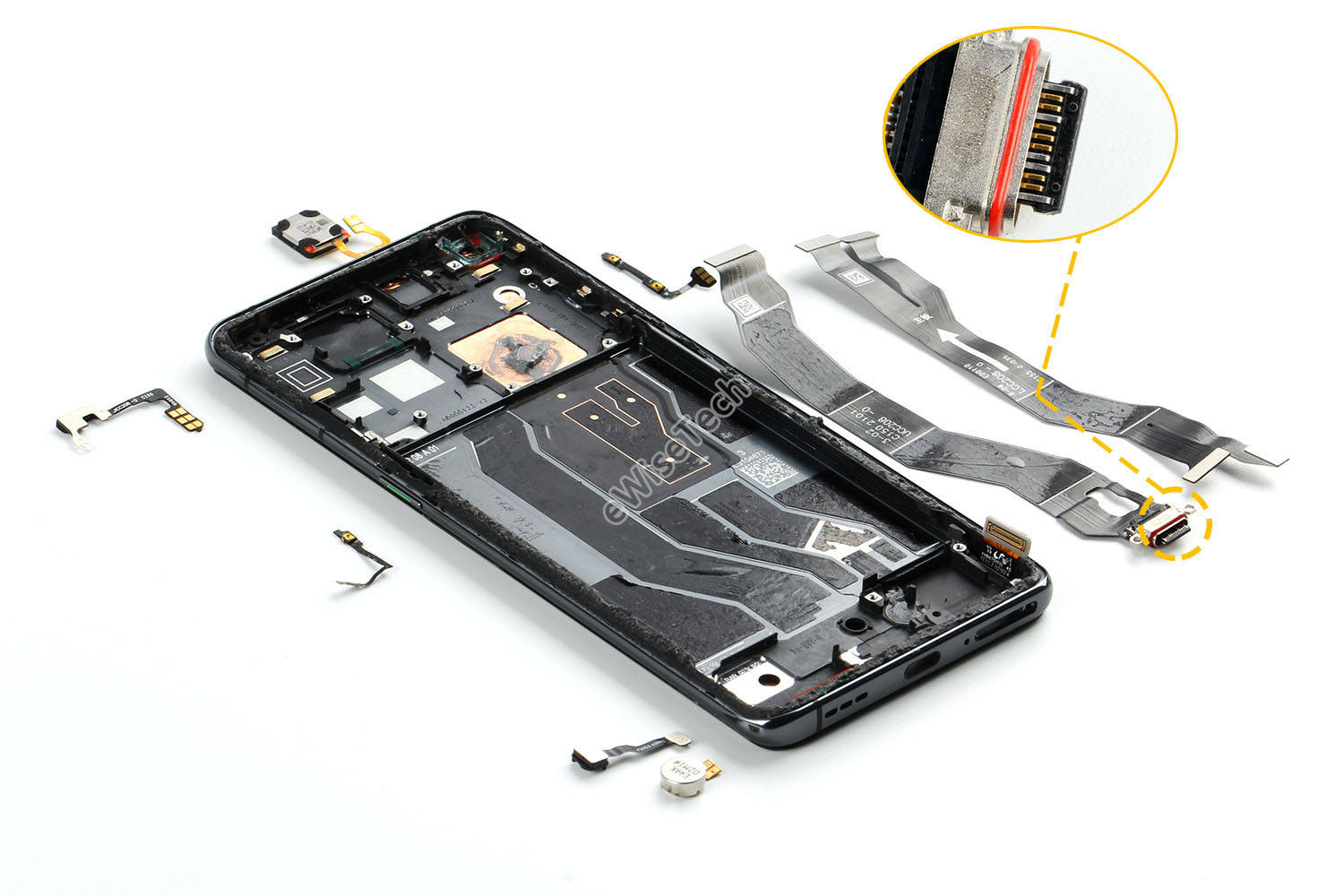
Finally, use a heating table to heat and separate the screen. Then remove the liquid cooling tube to complete the disassembly. A large-area graphite sheet is pasted on the front of the inner support, and the screen and the inner support are fixed by glue. The liquid cooling tube has a large area.
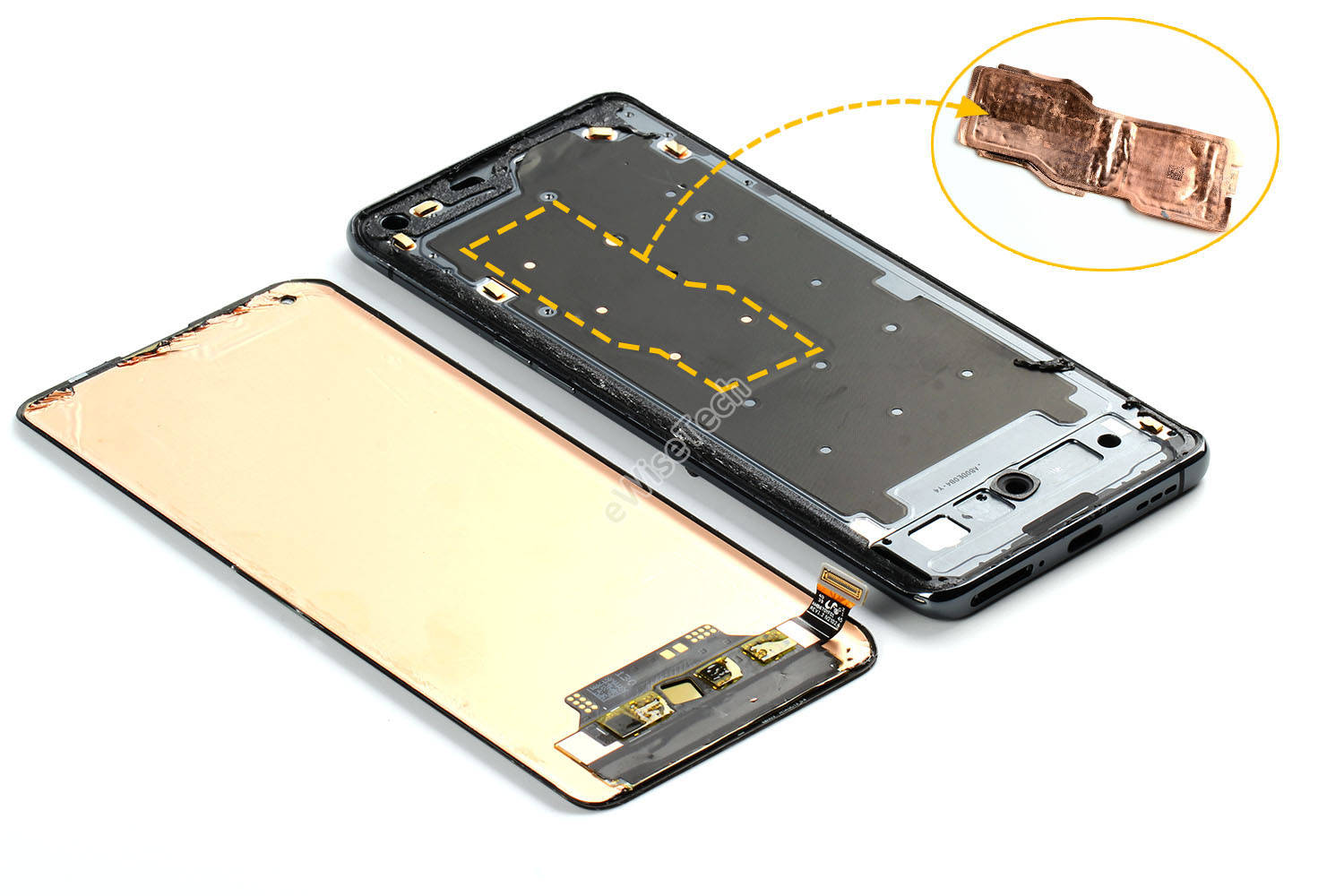
After the disassembly is complete, let’s take a look at the motherboard. The motherboard of Find X3 also uses a stacking method.
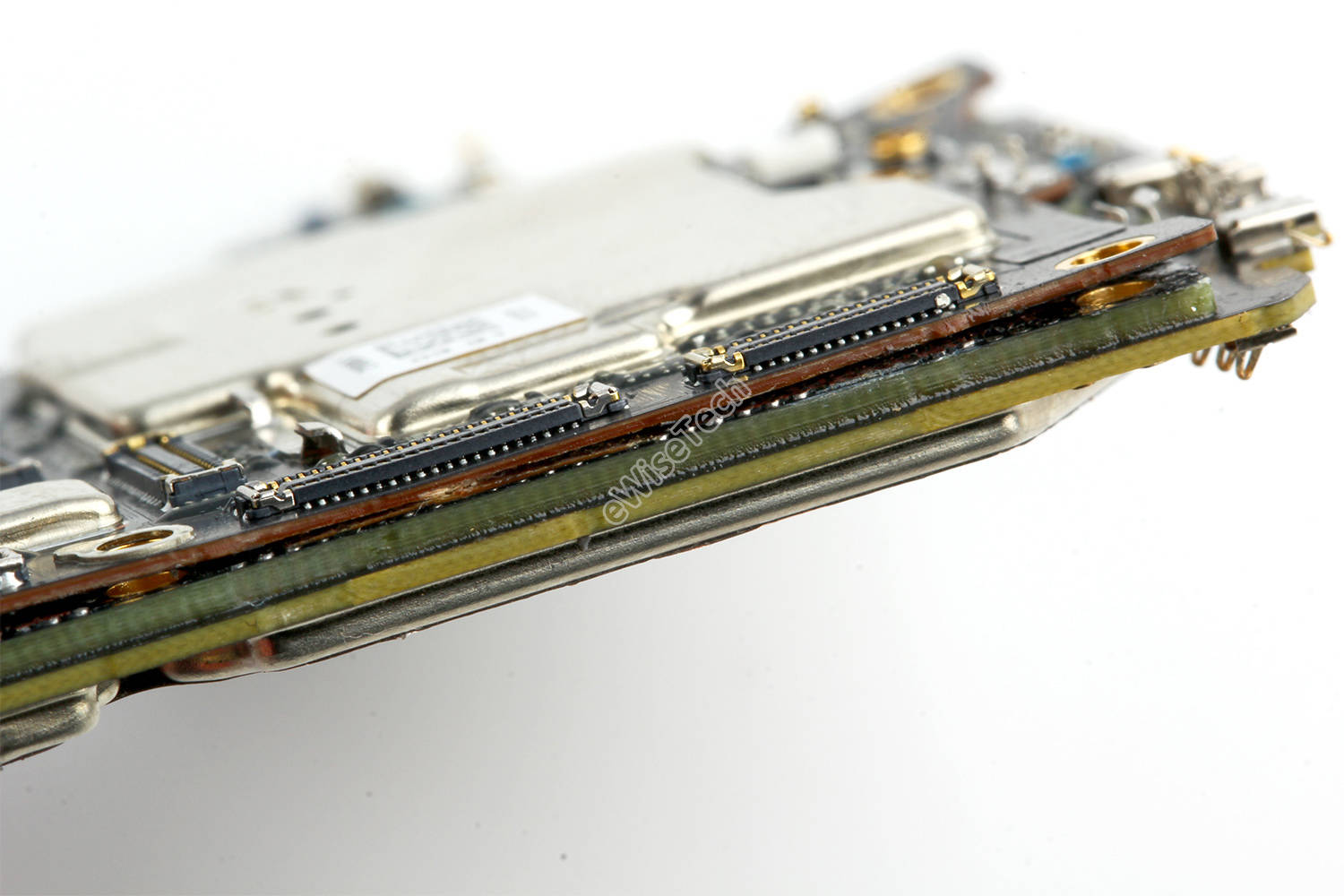
We screened the ICs one by one, and I also marked some of the main ICs as follows:
The main IC on the front of the motherboard (pictured below):
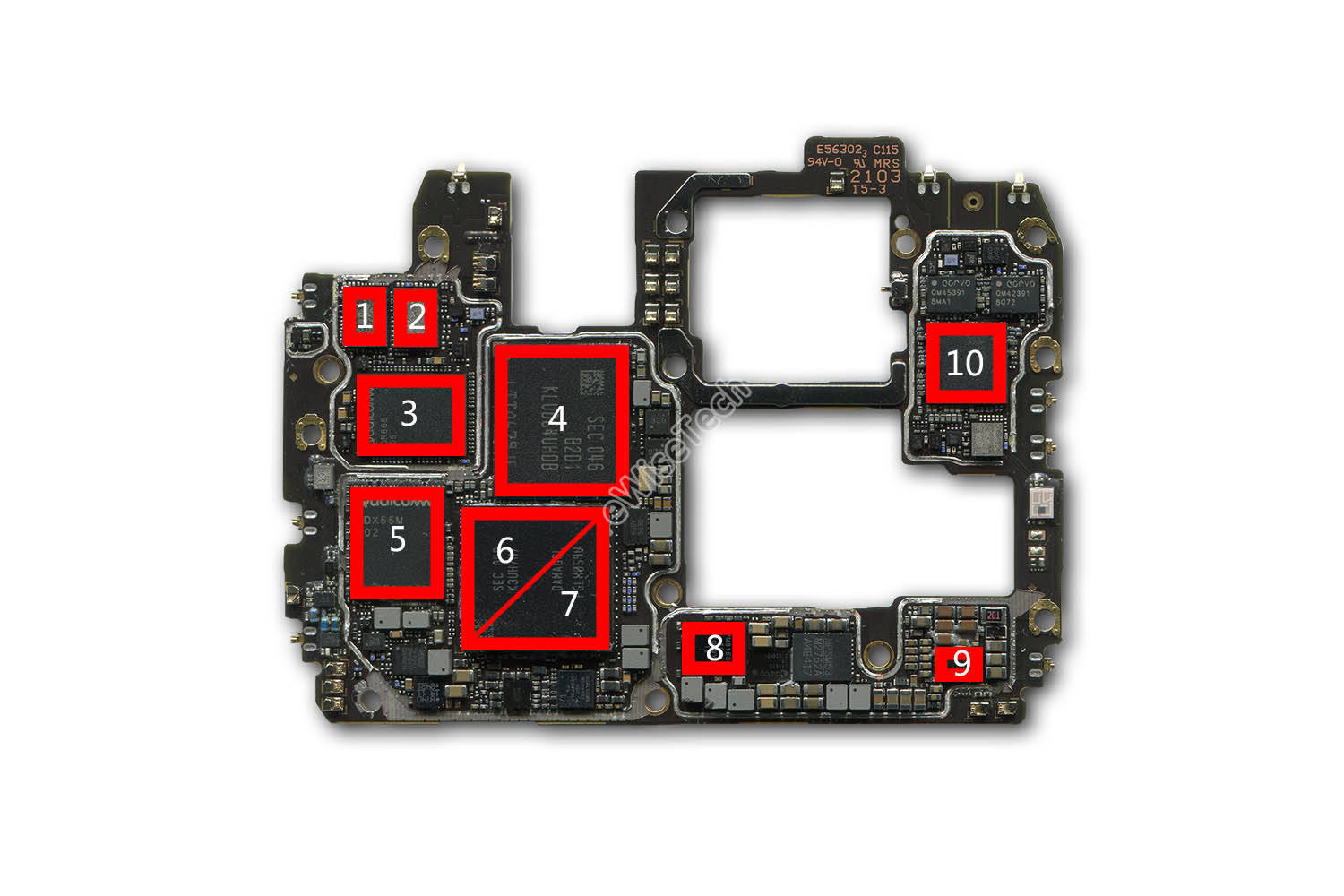
1:Qualcomm QPM5679 power amplifier chip
2:Qualcomm QPM5677 power amplifier chip
3:Qualcomm SDR865 transceiver chip
4:Samsung KLUDG4UHDB-B2D1-128GB flash memory chip
5:Qualcomm SDX55M-5G baseband chip
6:Samsung K3UH7H70AM-AGCL-8GB memory chip
7:Qualcomm Snapdragon 870 processor chip
8:Qualcomm PM8150A power management chip
9:Nuvolta NU1619A wireless charging chip
10:Qualcomm QCA6391-WiFi/BT chip
The main IC on the back of the motherboard (pictured below):
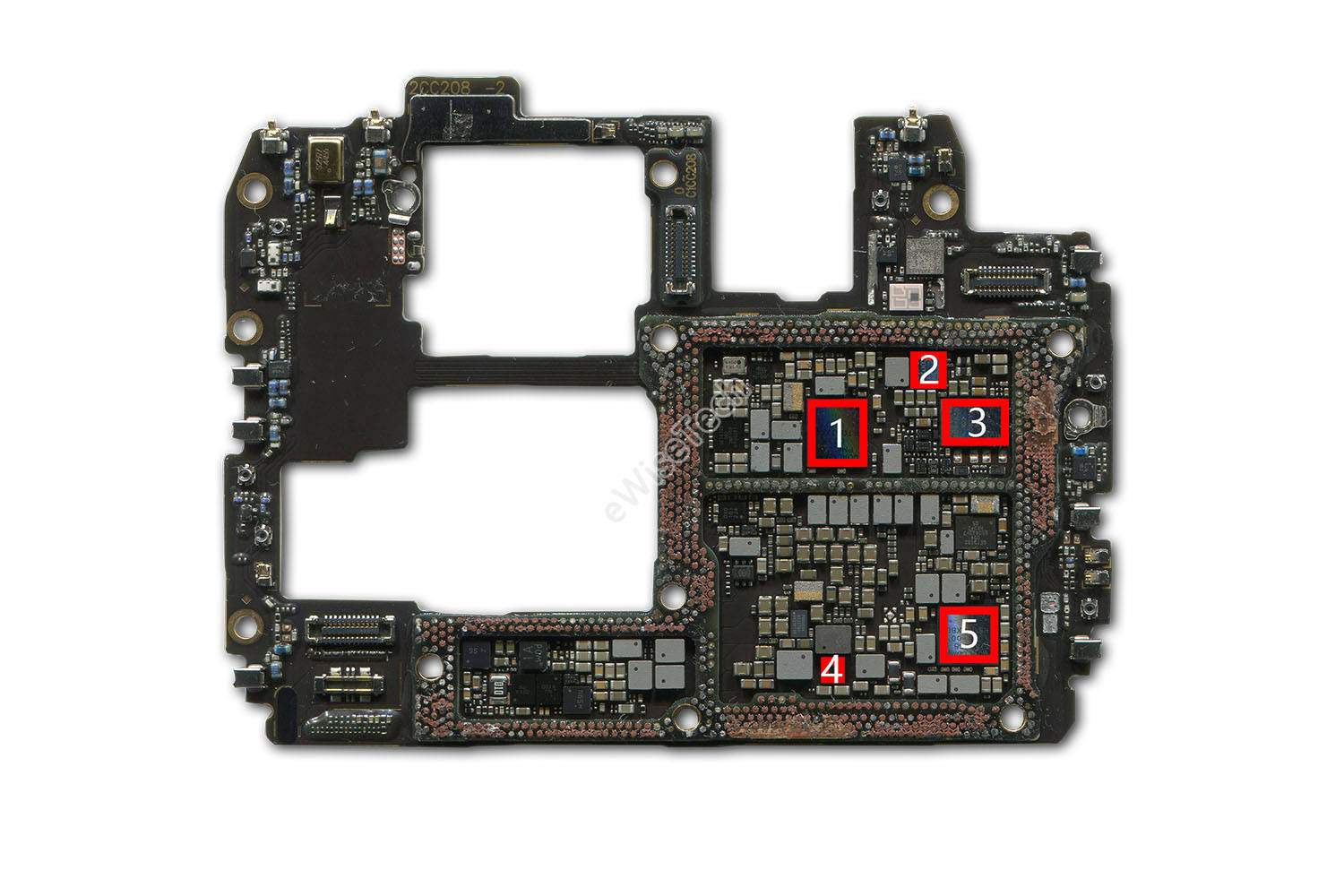
1:Qualcomm PM8250 power management chip
2:NXP TFA9874 audio power amplifier chip
3:Qualcomm PM8150B power management chip
4:Silicon Mitus-SM3010 screen power supply chip
5:Qualcomm PMX55 power management chip
The main IC of the small board (below):
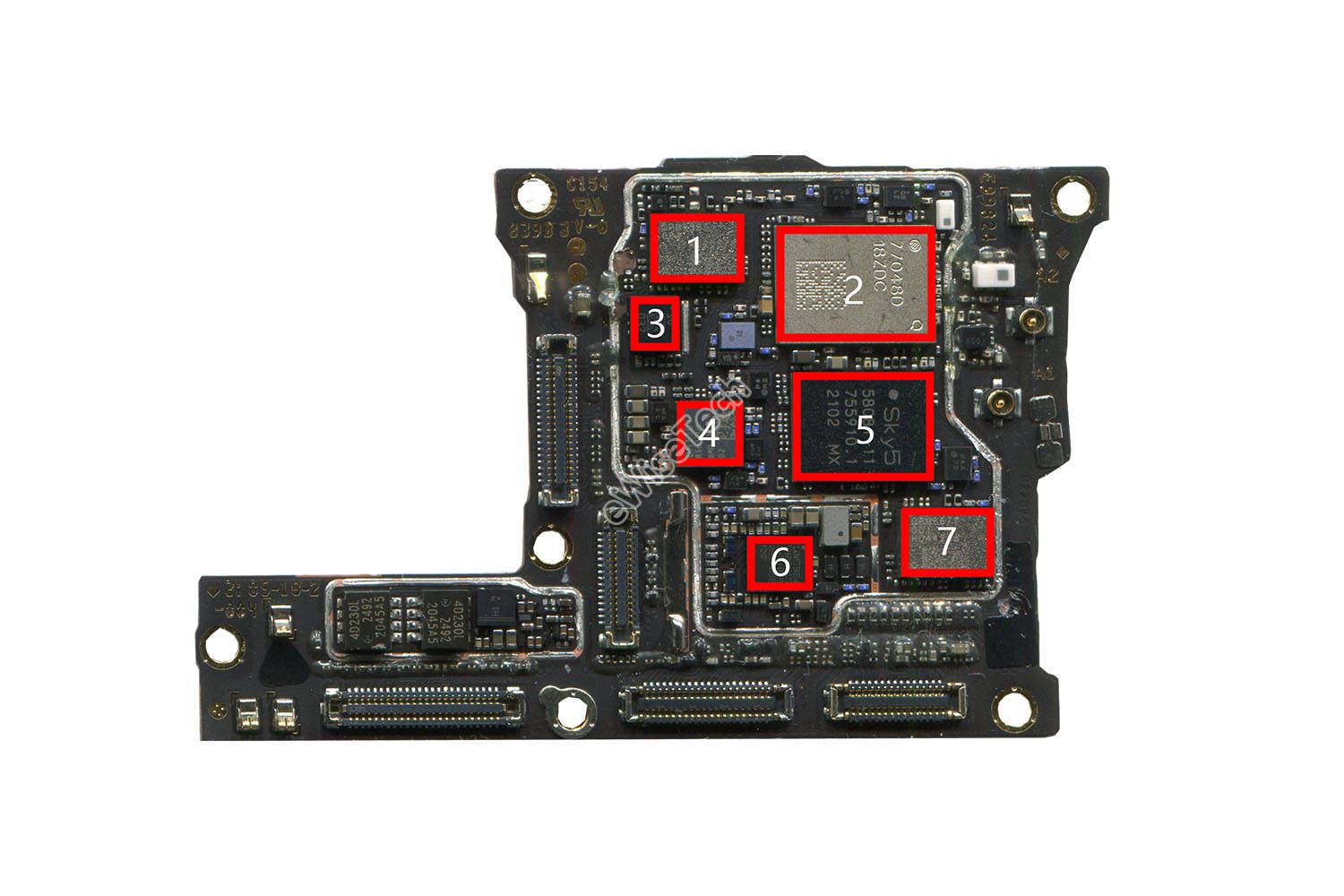
1:Qualcomm QPM6585 power amplifier chip
2:QORVO QM77048D power amplifier chip
3:STMicroelectronics LSM6DSO six-axis acceleration sensor + gyroscope sensor
4:Qualcomm QDM3301 front-end module chip
5:Skyworks SKY58081-11 front-end module chip
6:NXP SN100T-NFC control chip
7:Qualcomm QPM5677 power amplifier chip
In terms of disassembly, OPPO Find X3 is moderately difficult and highly reducible. The internal structure is a relatively common three-stage structure. The special structure is the integrated back cover design, dual-cell battery, and the microscope camera is fixed on the back cover by a metal cover plate. Although Find X3 only supports life waterproofing, the USB interface and the SIM card holder are protected by silicone rings, which can play a certain role in dust and water resistance. Liquid cooling tube + thermal grease + graphite sheet for heat dissipation. It is quite satisfactory.
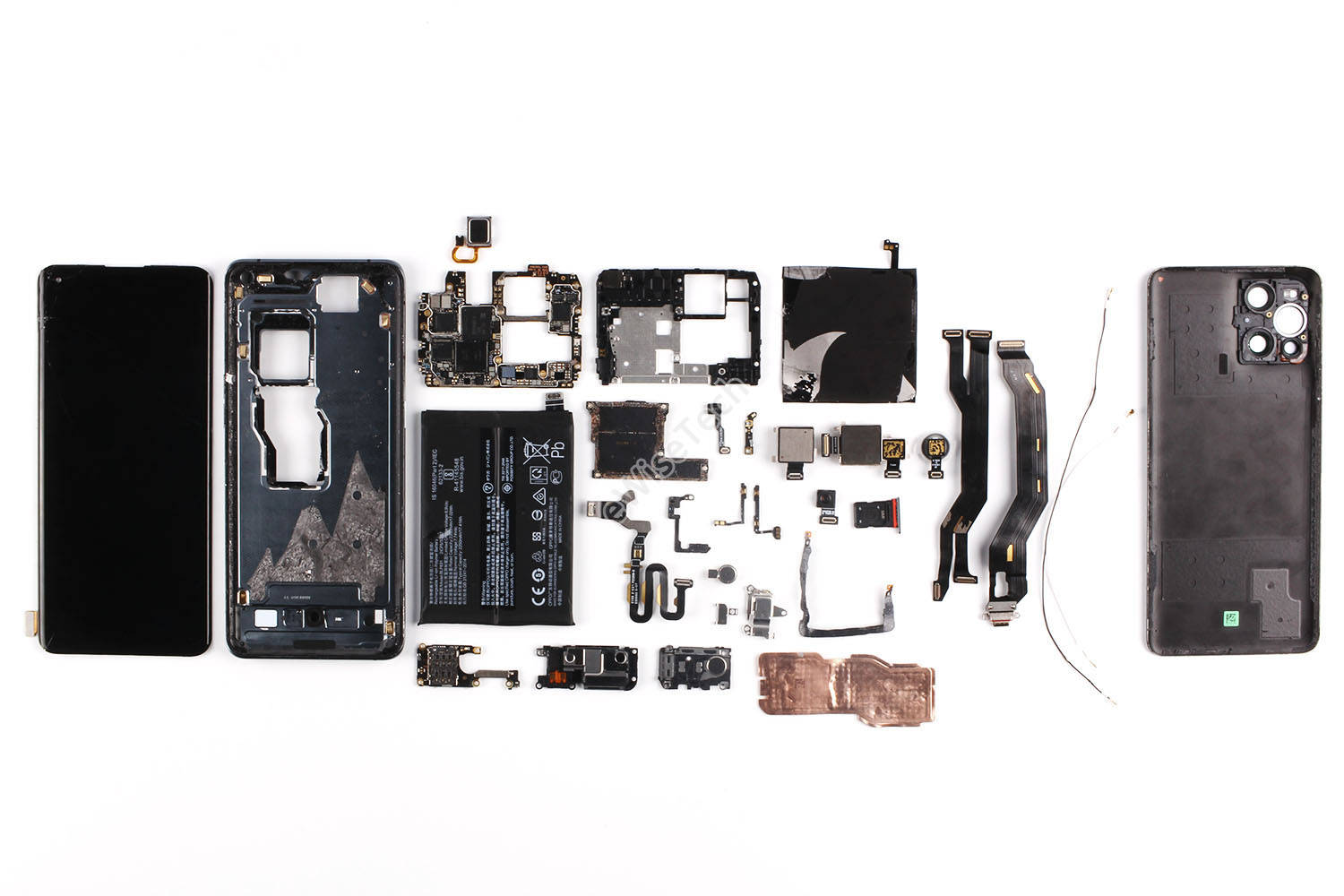
When OPPO Find X3 was released, the main highlights were the integrated back cover, high-brush screen, and microscope lens. First of all, the back cover is an integrated design which makes the whole machine more beautiful. The native 10bit 2K screen can be said to be the highest quality one in Android phones. In addition, the appearance of microscope cameras has provided other mobile phone manufacturers with a new idea. Wide-angle and ultra-wide-angle lenses with the same specifications have brought improved image quality. During the disassembly, we also saw that the microscope lens is fixed on the back cover, with its own ring LED light, and the wide-angle camera is equipped with a self-developed 7P free-form surface lens to prevent edge distortion and improve edge image quality. The overall performance can be rated as excellent.


